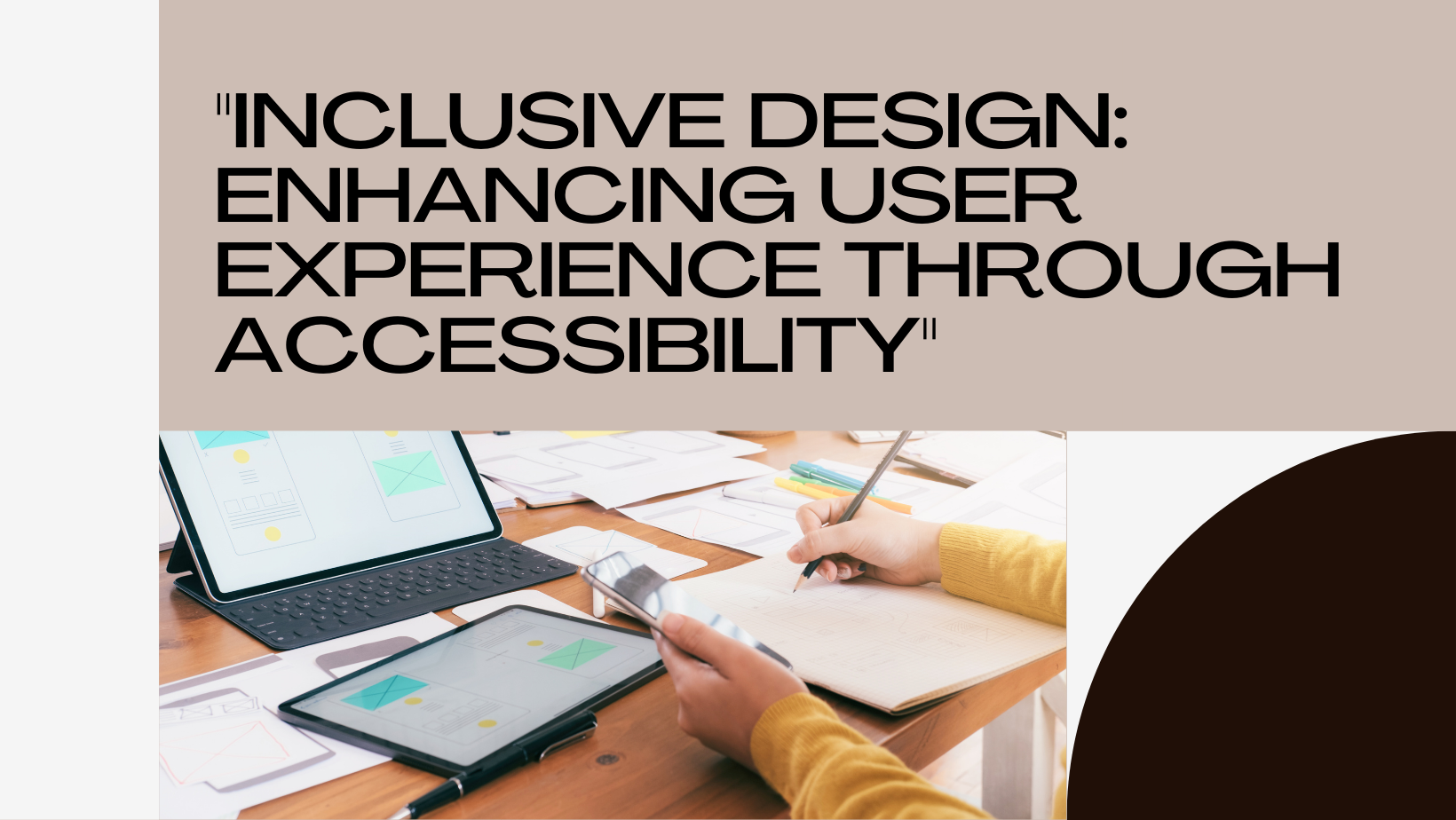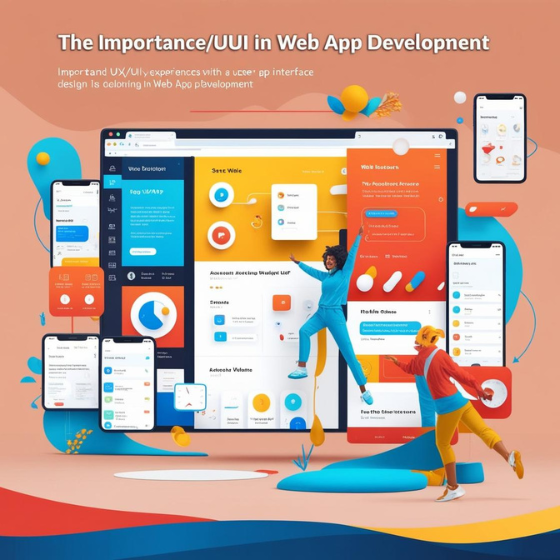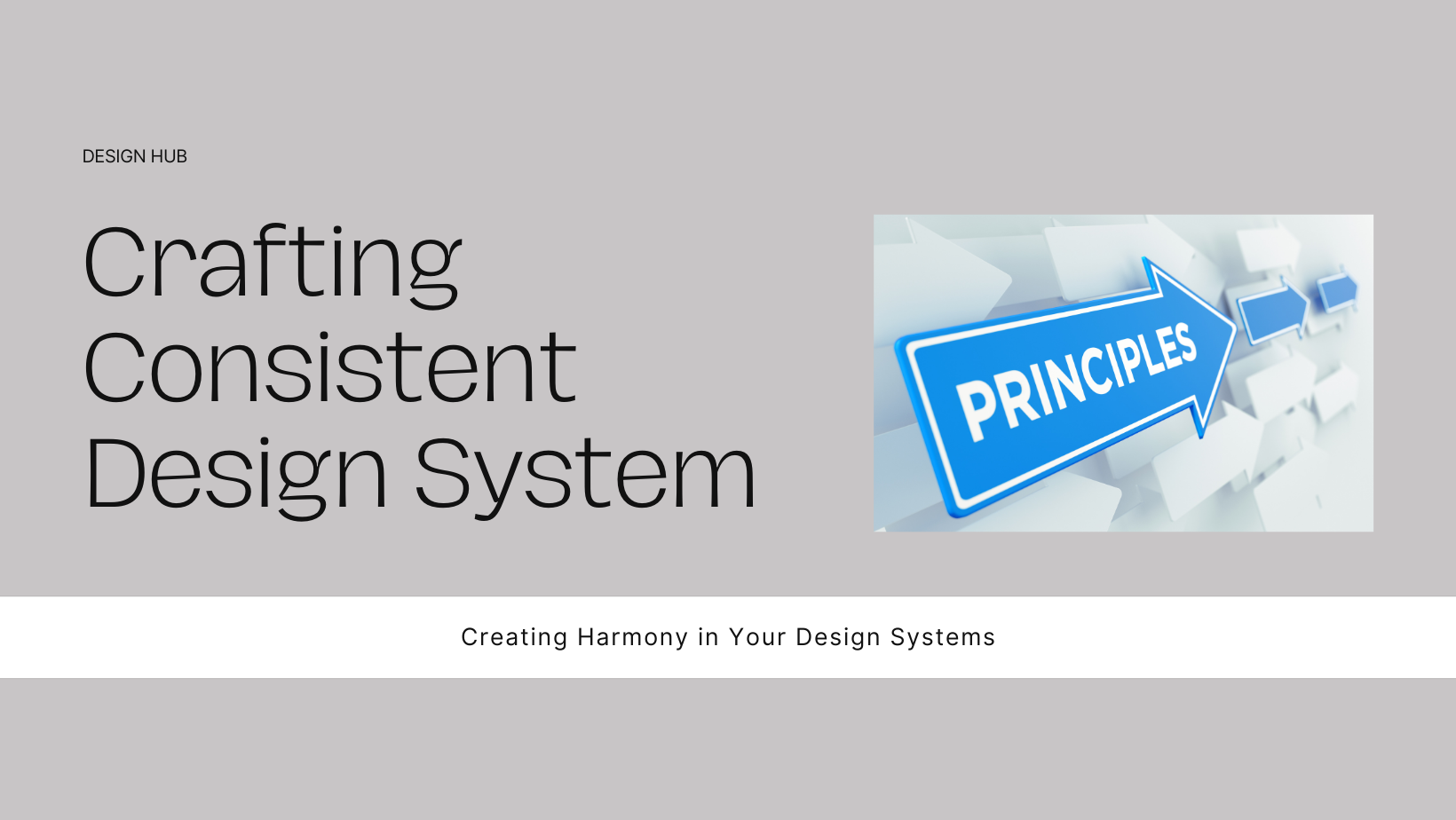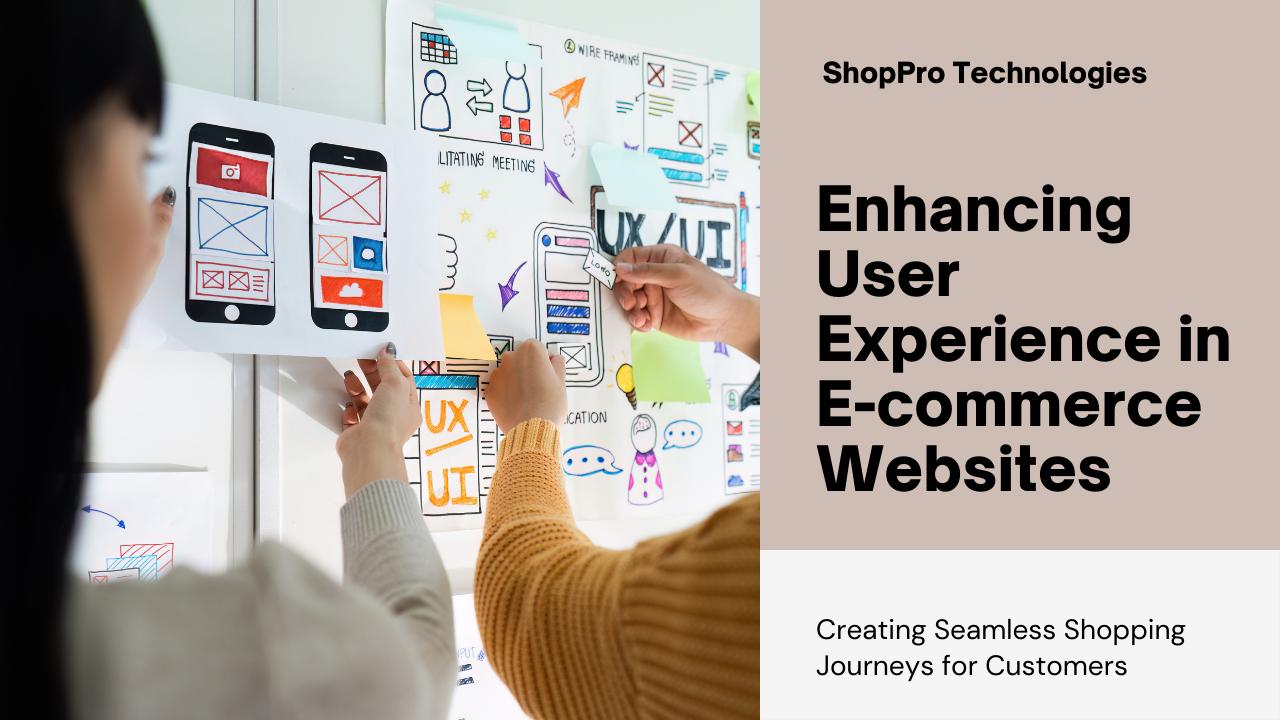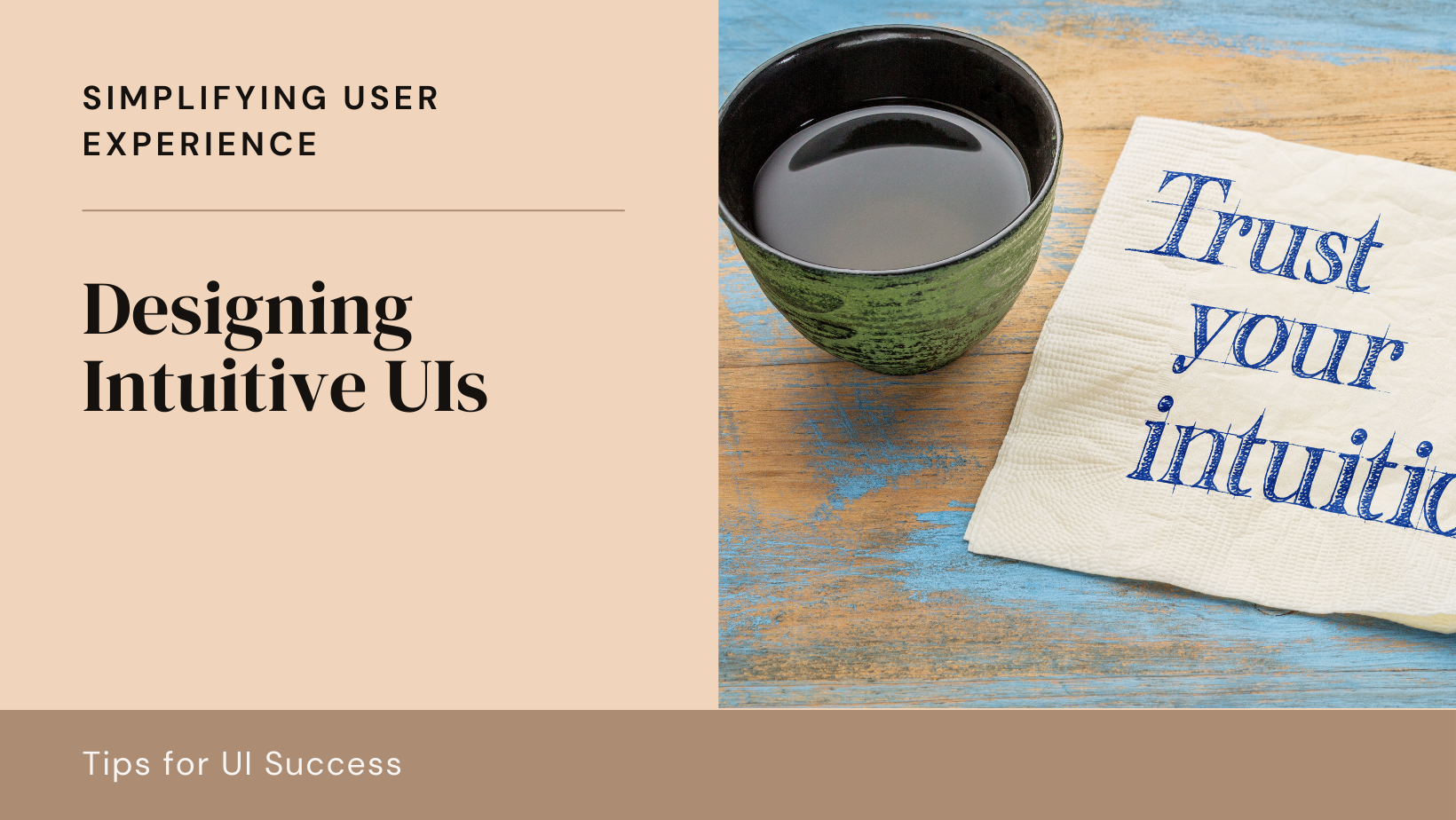In today’s digital landscape, accessibility is not just a legal requirement but a moral imperative. Designing user interfaces (UI) and user experiences (UX) that are accessible ensures that everyone, including those with disabilities, can use and interact with digital products effectively. This blog explores key principles, best practices, and tools to enhance accessibility in UI/UX design.
Understanding Accessibility in UI/UX Design
Accessibility in UI/UX design refers to creating interfaces that can be used by people of all abilities, including those with disabilities such as visual, auditory, motor, or cognitive impairments. It involves making design choices that accommodate diverse user needs without compromising on usability or user experience.
Key Principles of Accessible UI/UX Design
1. Perceivable
Ensure that information and user interface components are perceivable by all users, including those with visual impairments.
Tips for Perceivability:
- Text Alternatives: Provide alternative text (alt text) for images, icons, and other non-text content.
- Contrast: Use sufficient color contrast between text and background to improve readability.
- Audio Descriptions: Include audio descriptions or transcripts for multimedia content.
2. Operable
Make user interface components and navigation operable for all users, including those who navigate using keyboards, assistive technologies, or gestures.
Tips for Operability:
- Keyboard Accessibility: Ensure all interactive elements can be accessed and operated using a keyboard.
- Focus Indicators: Provide visible focus indicators to highlight interactive elements for keyboard users.
- Navigational Consistency: Maintain consistent navigation patterns throughout the interface.
3. Understandable
Design interfaces that are easy to understand and use, minimizing confusion and ensuring clarity in instructions and interactions.
Tips for Understandability:
- Clear Instructions: Provide clear and concise instructions for using the interface.
- Error Handling: Clearly indicate errors and provide suggestions for correction.
- Consistent Layout: Use consistent layouts and design patterns to aid user comprehension.
4. Robust
Create interfaces that are robust enough to work across different browsers, devices, and assistive technologies.
Tips for Robustness:
- Semantic HTML: Use semantic HTML tags to enhance the structure and accessibility of web content.
- ARIA Roles and Attributes: Implement Accessible Rich Internet Applications (ARIA) roles and attributes to enhance accessibility for complex widgets and interactions.
- Compatibility Testing: Regularly test the interface with various assistive technologies and devices to ensure compatibility.
Best Practices for Improving Accessibility in UI/UX Design
1. Conduct Accessibility Audits
Start by conducting thorough accessibility audits of your existing UI/UX designs. Identify accessibility barriers and prioritize improvements based on WCAG (Web Content Accessibility Guidelines) standards.
Steps for Accessibility Audits:
- Automated Tools: Use accessibility testing tools such as Axe, WAVE, or Lighthouse to identify common accessibility issues.
- Manual Testing: Conduct manual accessibility testing to evaluate keyboard accessibility, screen reader compatibility, and color contrast.
2. Design with Inclusive Principles
Incorporate inclusive design principles from the outset of the design process. Involve diverse user groups, including individuals with disabilities, in user research and usability testing.
Inclusive Design Techniques:
- User Personas: Create user personas that include individuals with disabilities to understand their needs and behaviors.
- Usability Testing: Conduct usability testing with people with disabilities to gather feedback and identify usability barriers.
3. Ensure Keyboard Accessibility
Keyboard accessibility is fundamental for users who cannot use a mouse or touchscreen. Design interfaces that can be fully operated using only a keyboard.
Keyboard Accessibility Tips:
- Tab Order: Ensure a logical tab order through interactive elements on the page.
- Focus States: Design clear and visible focus states for interactive elements, such as links and form controls.
- Skip Links: Include skip links to allow keyboard users to bypass repetitive content and navigate directly to main sections.
4. Optimize for Screen Readers
Screen readers are assistive technologies used by individuals with visual impairments to access digital content. Design interfaces that are compatible with screen readers to ensure information is conveyed effectively.
Screen Reader Optimization Tips:
- Semantic HTML: Use semantic HTML elements to convey the structure and meaning of content.
- Alternative Text: Provide descriptive alt text for images, charts, and other non-text content.
- ARIA Roles: Use ARIA roles and attributes to enhance accessibility for complex widgets and dynamic content.
5. Enhance Color Contrast and Visual Design
Color contrast is critical for users with low vision or color blindness. Ensure sufficient color contrast between text and background colors to improve readability.
Color Contrast Tips:
- Use of Tools: Utilize color contrast checking tools like WebAIM’s Contrast Checker to verify compliance with accessibility standards.
- Avoid Color as Sole Indicator: Use additional visual cues (e.g., icons, patterns) in addition to color to convey information or indicate status.
Tools for Accessibility in UI/UX Design
Several tools and resources can assist in designing accessible UI/UX:
- Accessibility Testing Tools: Axe, WAVE, Lighthouse
- Color Contrast Checkers: WebAIM Contrast Checker, Color Contrast Analyzer
- Screen Reader Emulators: NVDA, VoiceOver (built-in on macOS and iOS)
- Design Systems and Guidelines: WCAG, ARIA Authoring Practices, Inclusive Components
Conclusion
Improving accessibility in UI/UX design is crucial for creating inclusive digital experiences that cater to users of all abilities. By implementing principles of perceivability, operability, understandability, and robustness, designers can ensure that their interfaces are accessible and user-friendly. Through accessibility audits, inclusive design practices, and adherence to accessibility standards, UI/UX designers can make significant strides towards creating a more inclusive digital world.
At Sodio Technologies, we are committed to designing accessible and inclusive UI/UX solutions that empower all users. Contact us today to learn how we can help you enhance the accessibility of your digital products.
